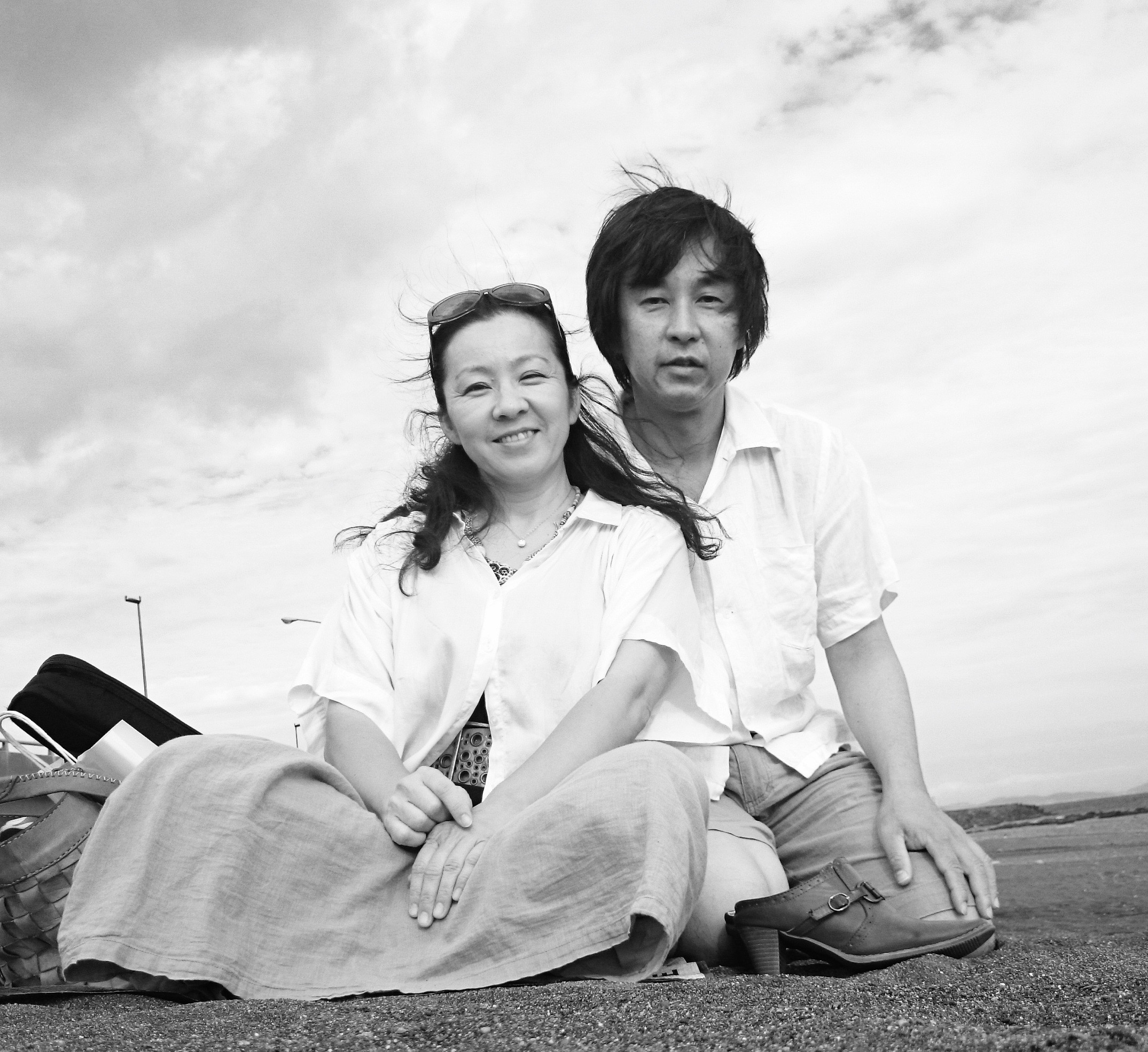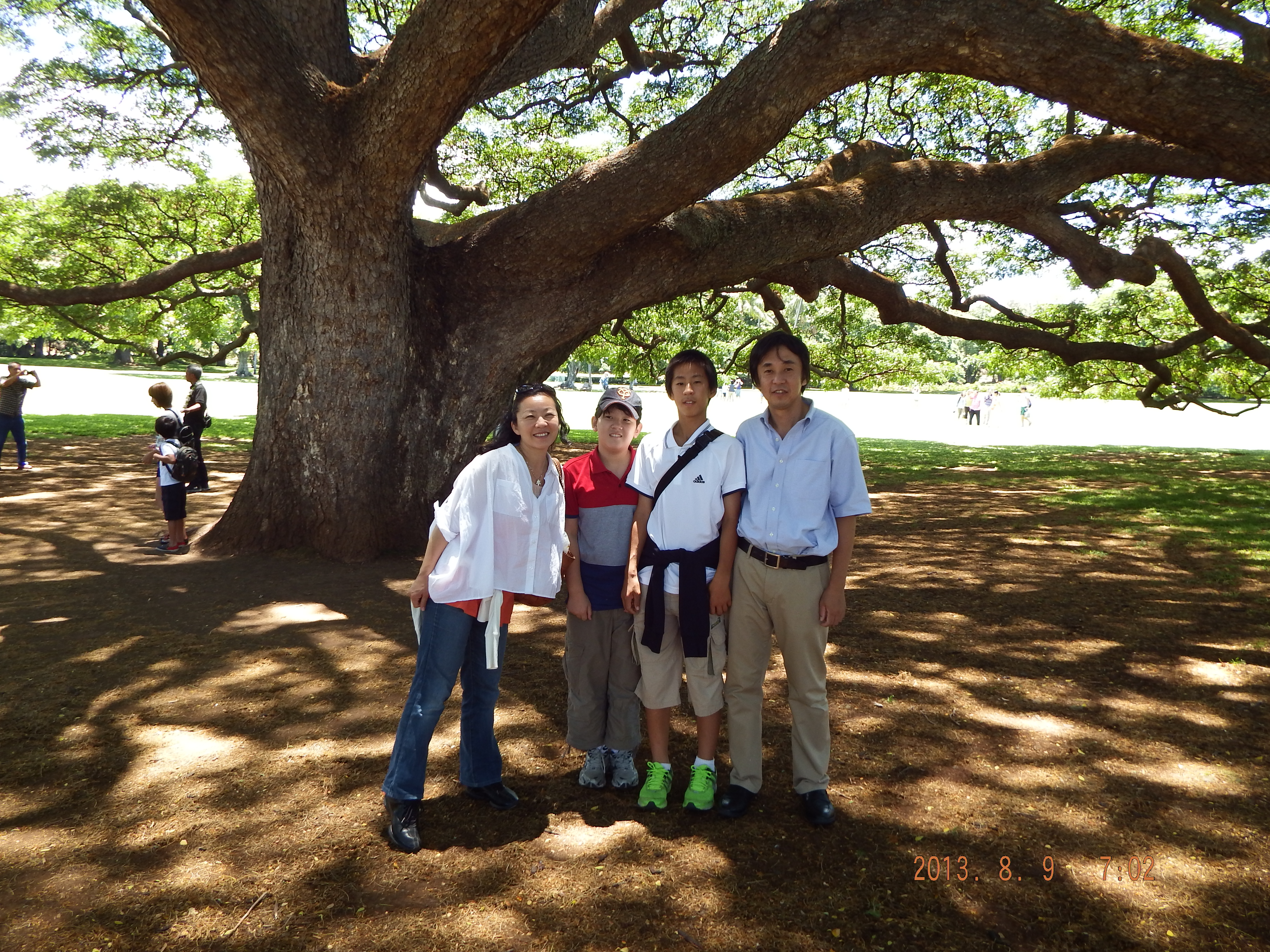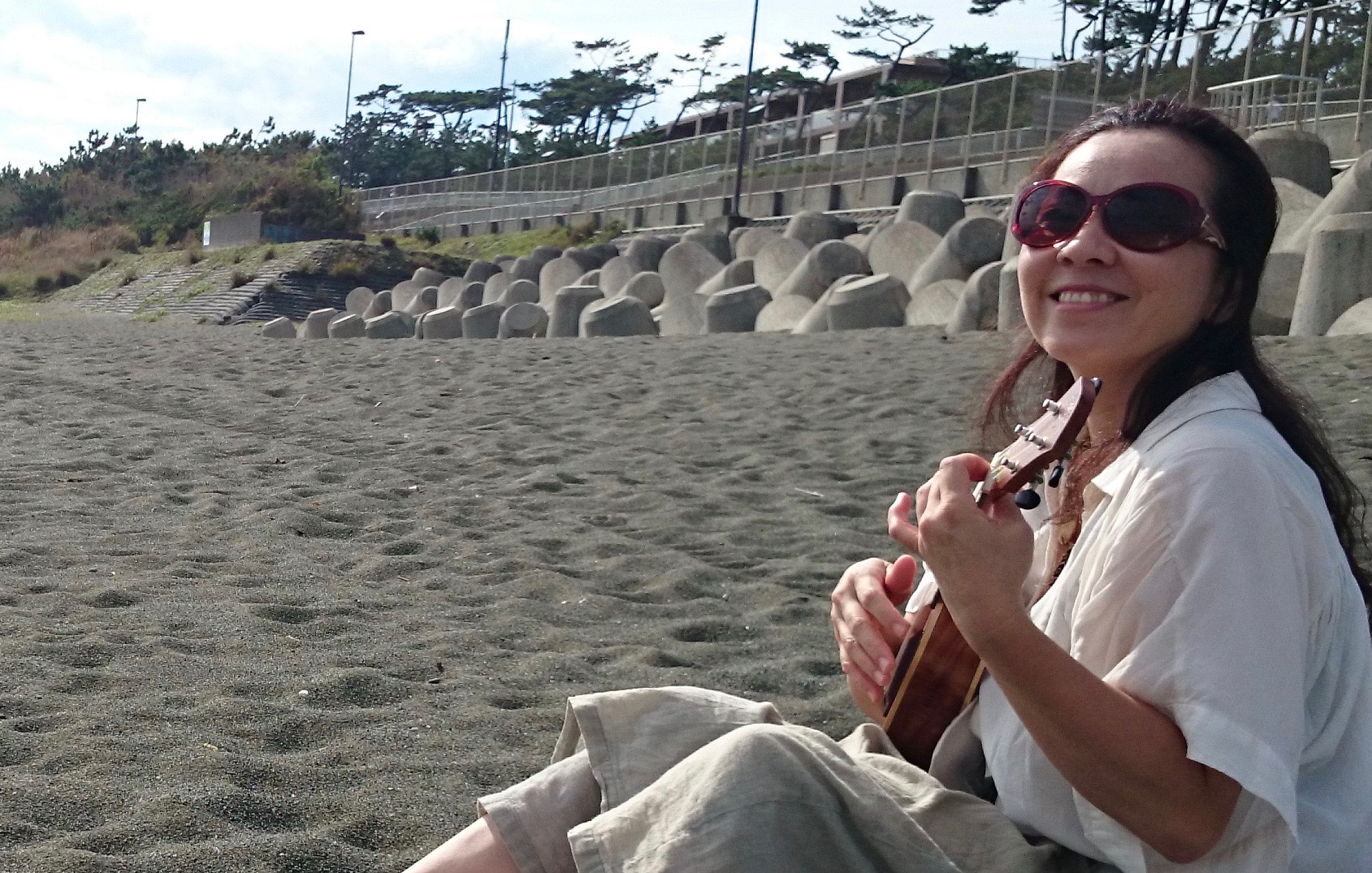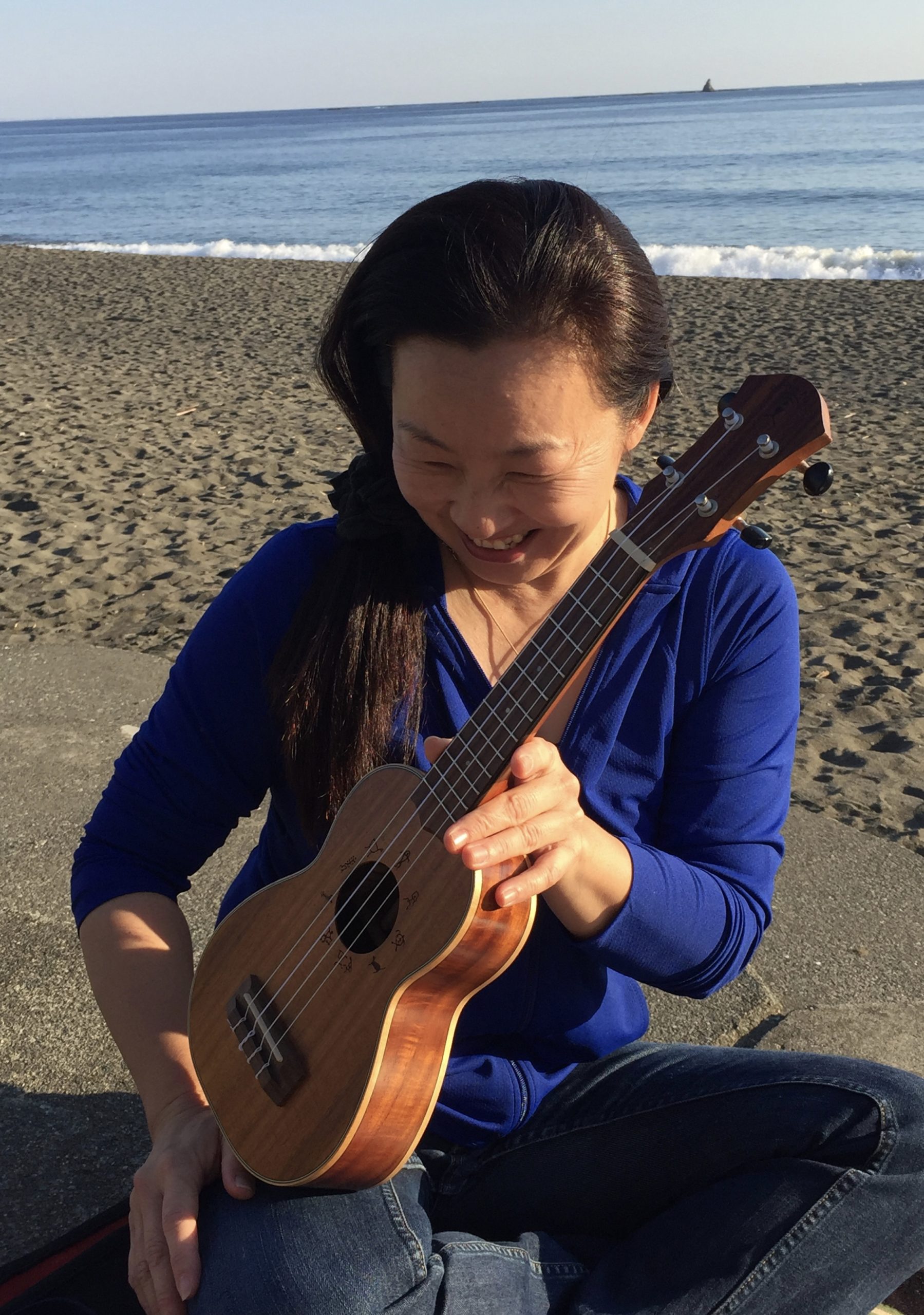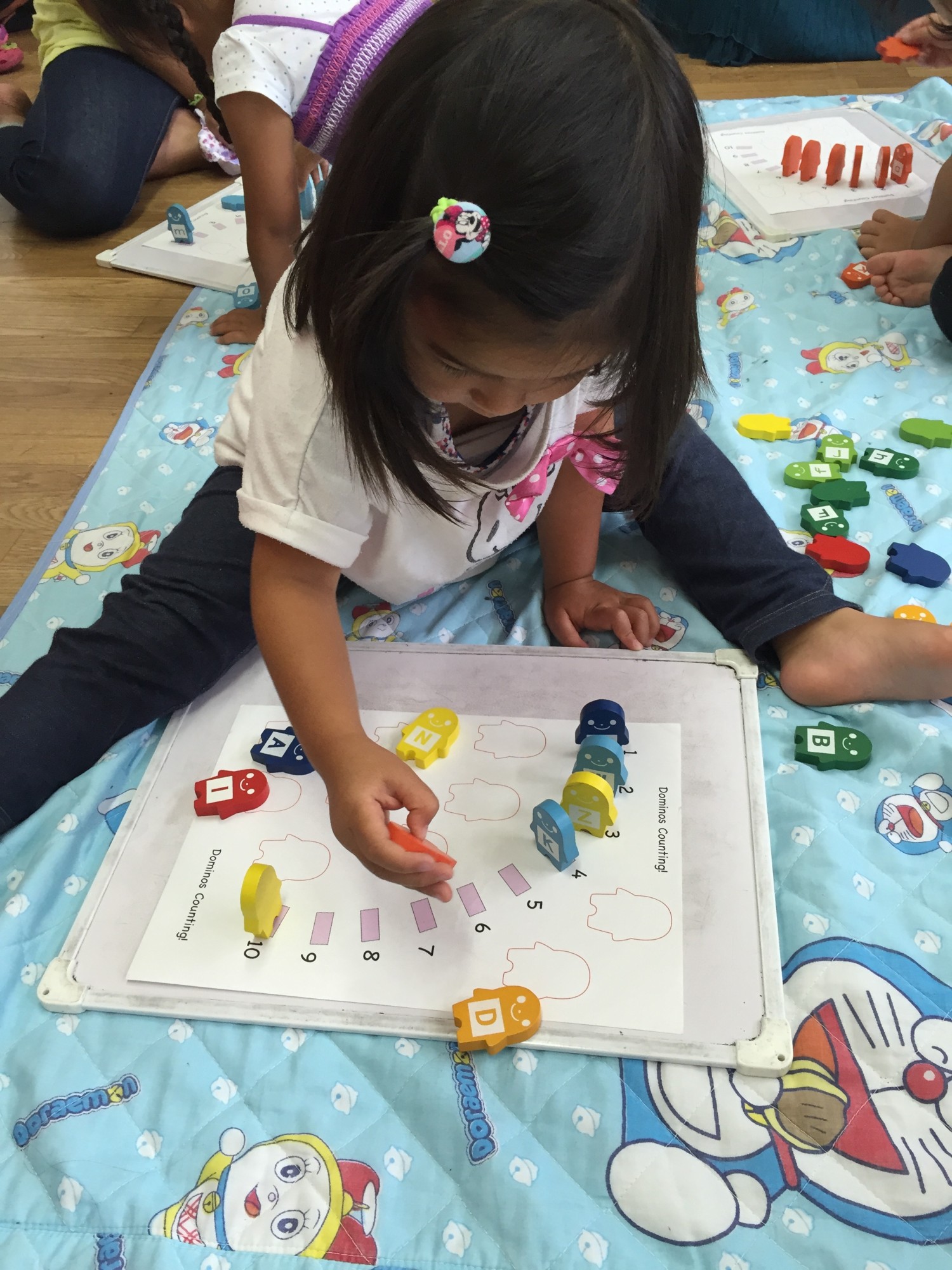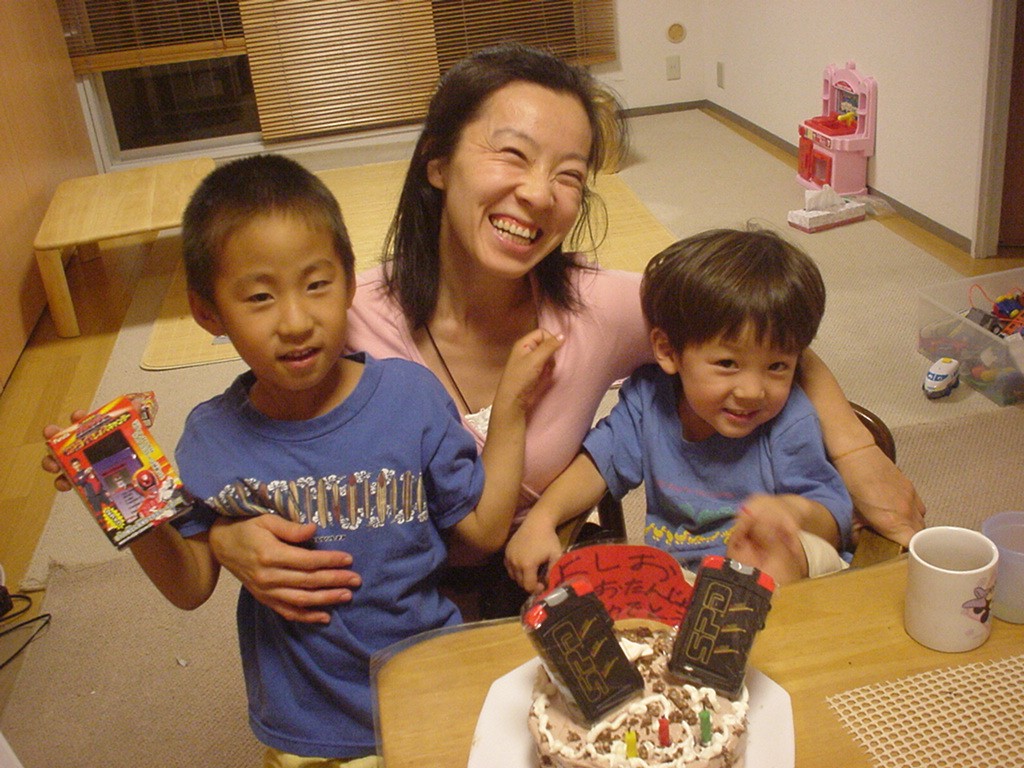Back to the Past (タイムスリップ)
My husband came back from his business trip to the States, and brought this tiny box of raisins! …… Whoa! (I hadn’t seen this little snackage in over 30 years maybe! It whooshed me right back to …. elementary school in Hawaii!
Time travel?!
Okay, maybe not really, but it was amazing how I was immediately “transported” to the past in Honolulu with our very American lunchboxes.
ん?タイムスリップ?!
、、、とは言いませんが、1つのアイテムでハワイでの小学校ライフに記憶がよみがえるなんて、ちょっと考えさせられた。
I remember how my mother used to pop in little boxes of raisins (like the other kids’s lunches) along with our lightly salted, soy sauce coated rice balls (which was very unlike the other kids.) While everyone had sandwiches and apples, we had our little taste of Japan, via our mom who was born and raised there.
母は干しぶどうのスナックサイズを(当時はよくあるパターンで)ホームランチの箱にポーンといれてくれたことをよく覚えてる。当時は外国生まれの子供達はまだ少なく、みんなと違って、うちの弁当箱の中身は塩・醤油おにぎりで、箱を開ける瞬間、日本のにおいで懐かしい印象が強かったことを覚えてる。サンドイッチやりんごが入っている隣の友達と弁当の中身がいつも違って、ちょっと恥ずかしくて、ちょっと嬉しくて、複雑な気持ちであった記憶がある。
It is quite different from the the “obento” that we see here in Japan, and (I suspect) how bento used to be way back when as well!
日本での弁当箱とは結構違いるので、面白い豆知識かもしれません。


Typical kids’ “bento bako” lunch box for kids in the 70’s and 80’s, and sometimes still used (with the exception of renewed characters) today in 2019. This simple metal box was packed with rice and some side dishes like egg rolls or sausages, and wrapped simply with a large handkerchif-like cloth called furoshiki.
1970年代、1980年代の一般の弁当箱でした。今でもこの形が残って使われていますが、プラステック素材が多くなりました。
My lunch box was “Strawberry Shortcake” which was in full trend at the time. I loved the fact that we were on trend, but still able to have culturally familiar foods to give us subtle, comforting hints of “home.” It wasn’t such a big deal on the surface, but the “mom’s” touch always reminded me that I had a home to come home to, no matter how different it may be from other kids around me.
当時流行りの「ストローベリーショートケーキ」というキャラクターの弁当箱でした。流行に乗っていることに嬉て、しかも自分の日本とのルーツはしっかり、食べ物などで根付いてて、家の暖かさを感じた。見た目では大したことなかったのだろうが、うちは他の家庭とおおきく違っても、母親の小さな気遣いは「帰る家がある」とのちょっとしたメッセージが伝わってた気がする。
How interesting how one item can open a well of memories that one never knew loomed in the tiny brain of ours.
ちょっとしたアイテムで今まで考えもしなかった記憶が我々の小さい脳みそでよみがえられるなんて、とても面白いと思った。

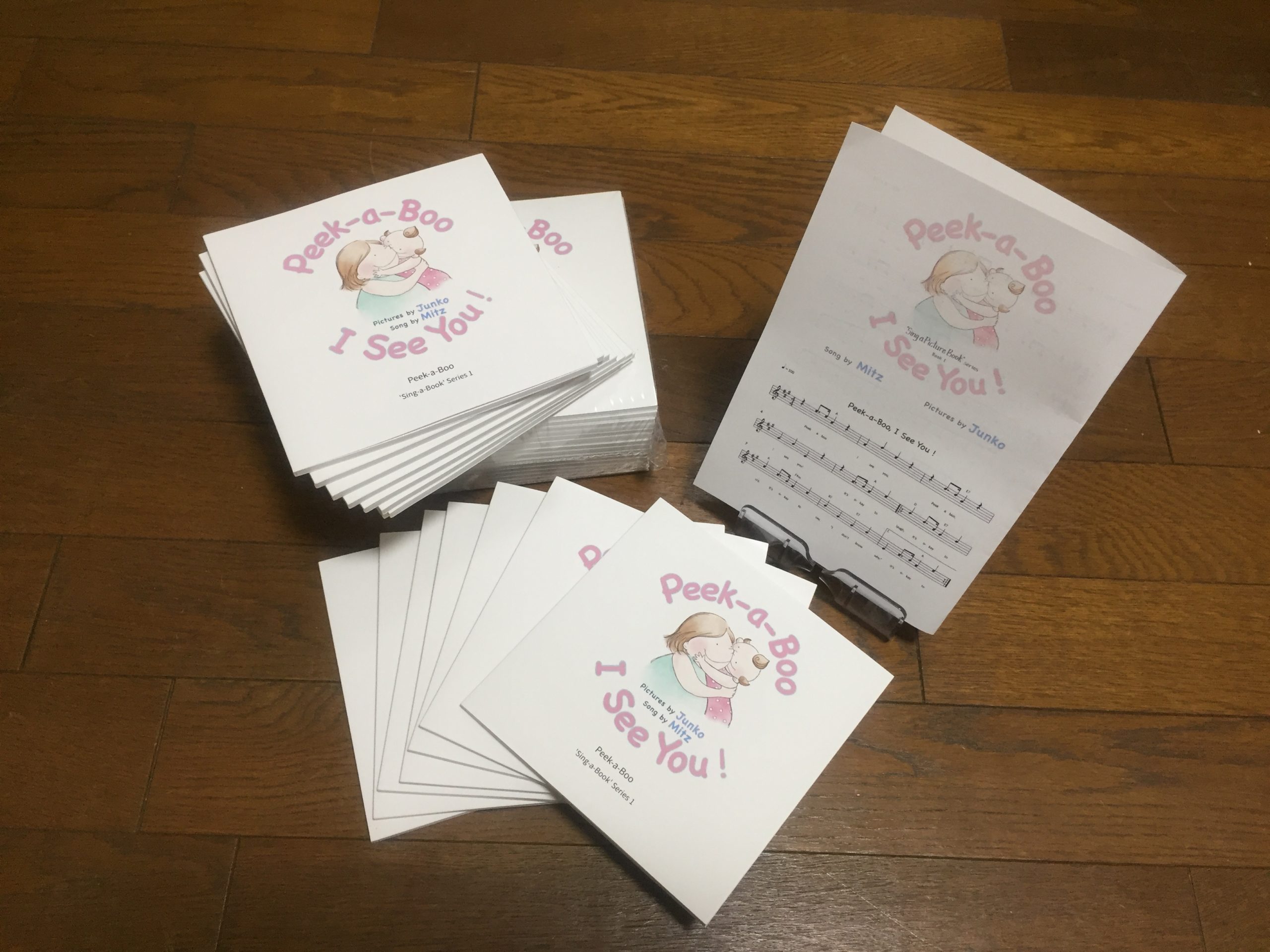

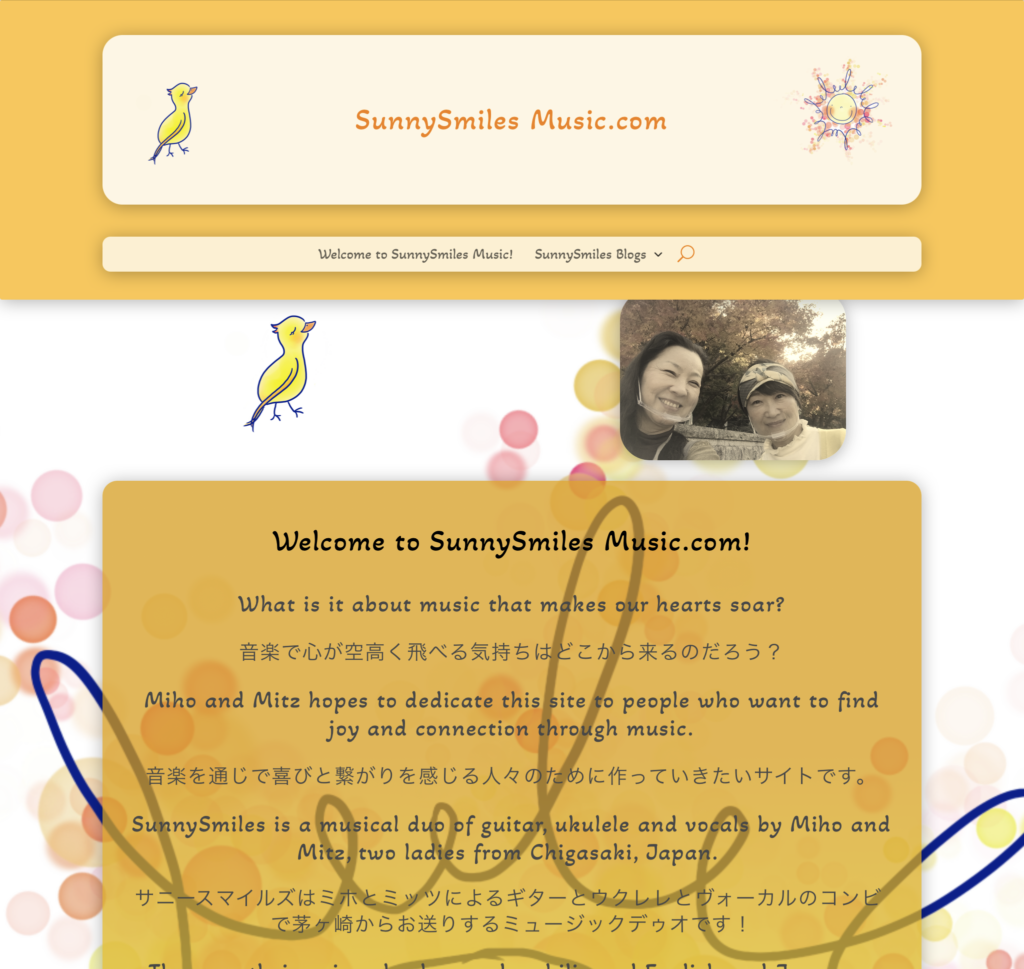
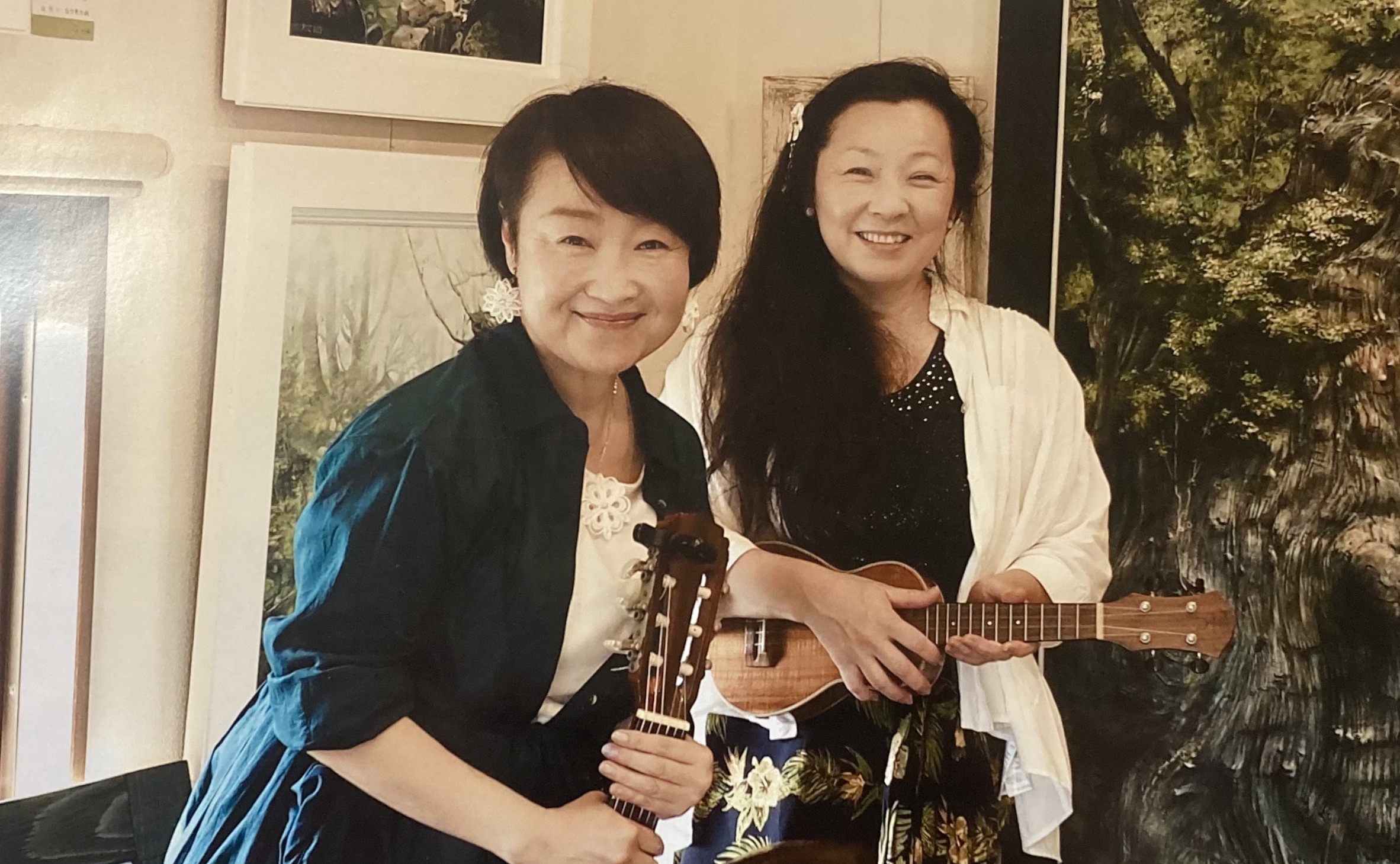

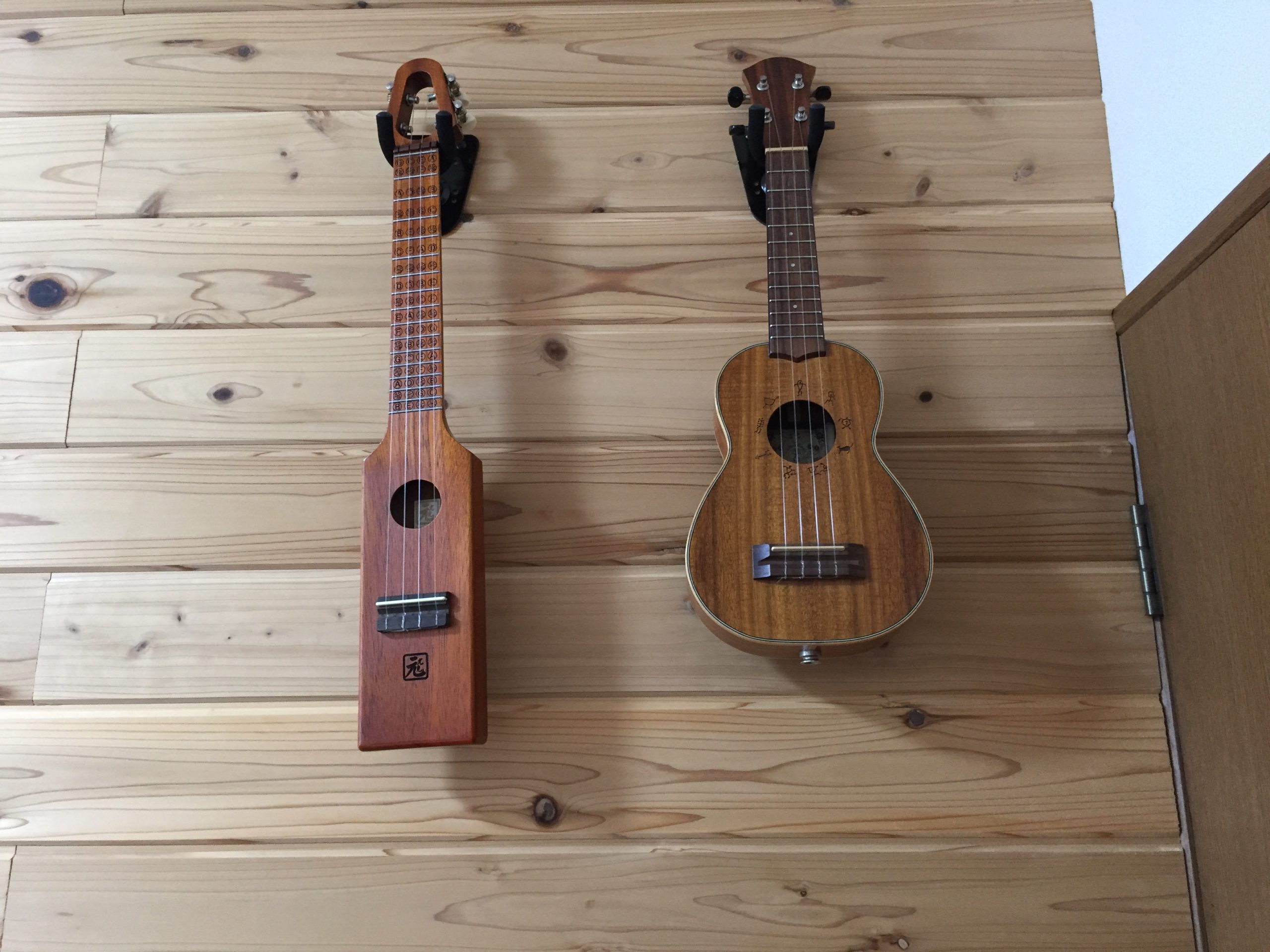
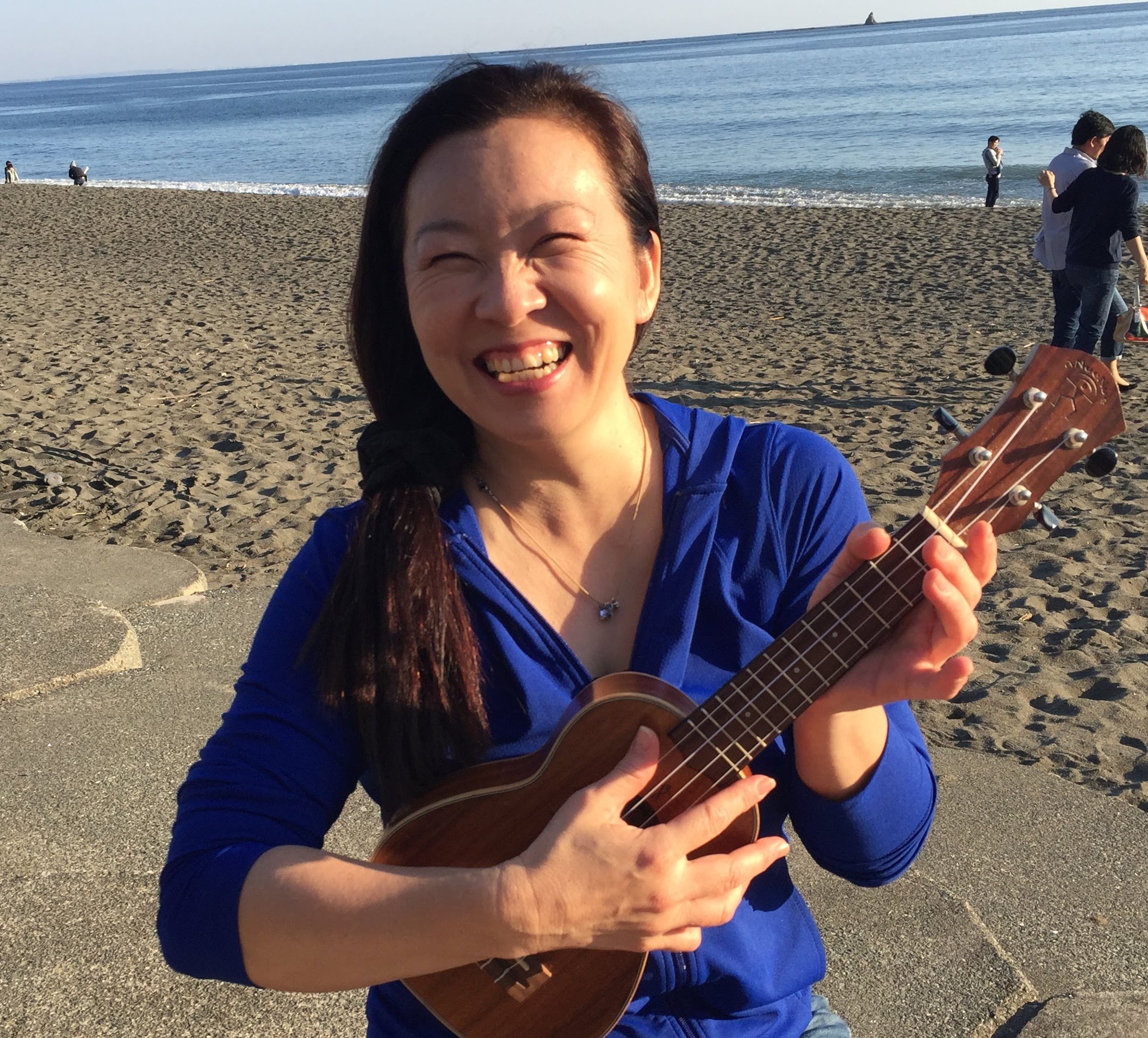
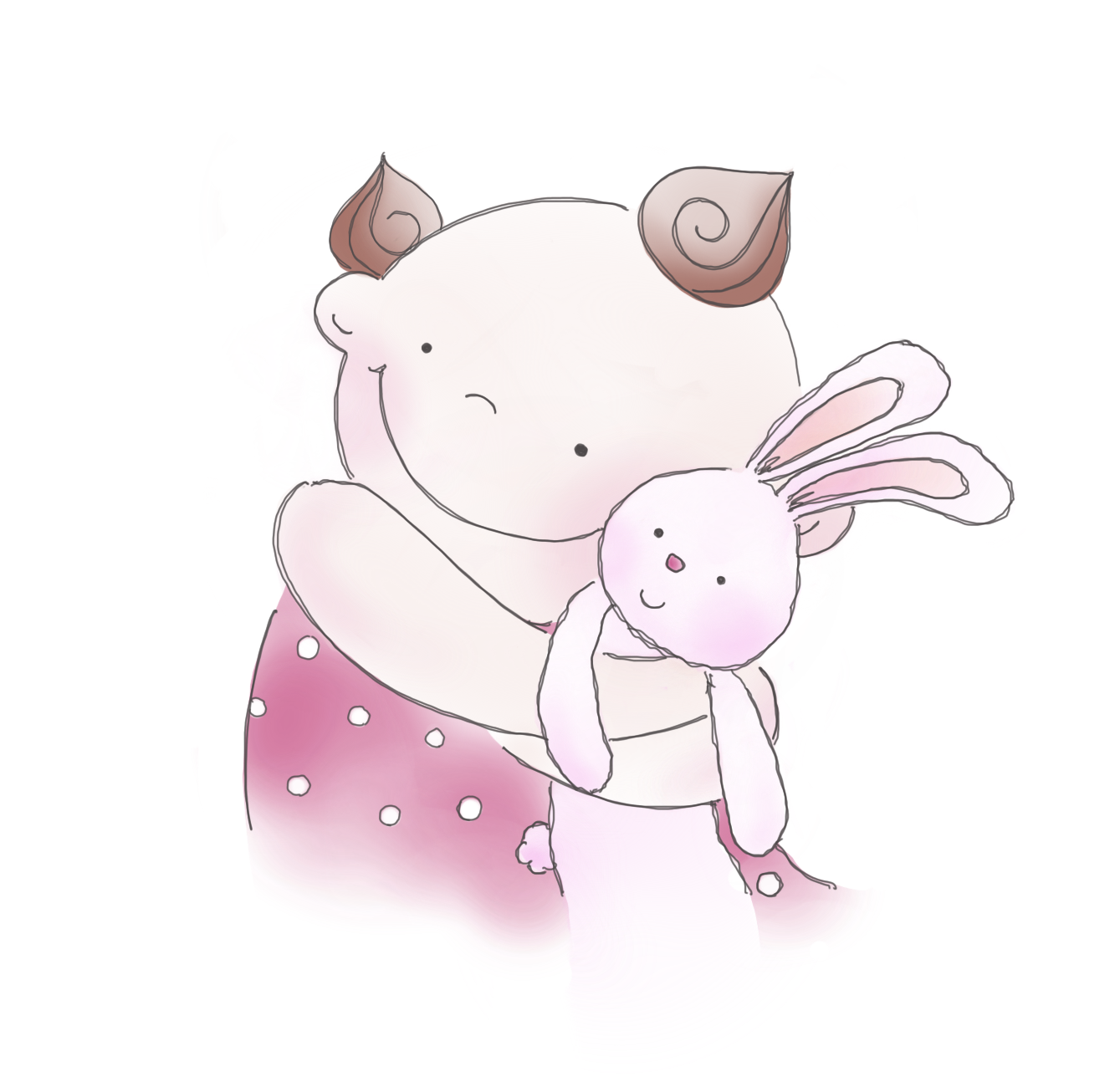
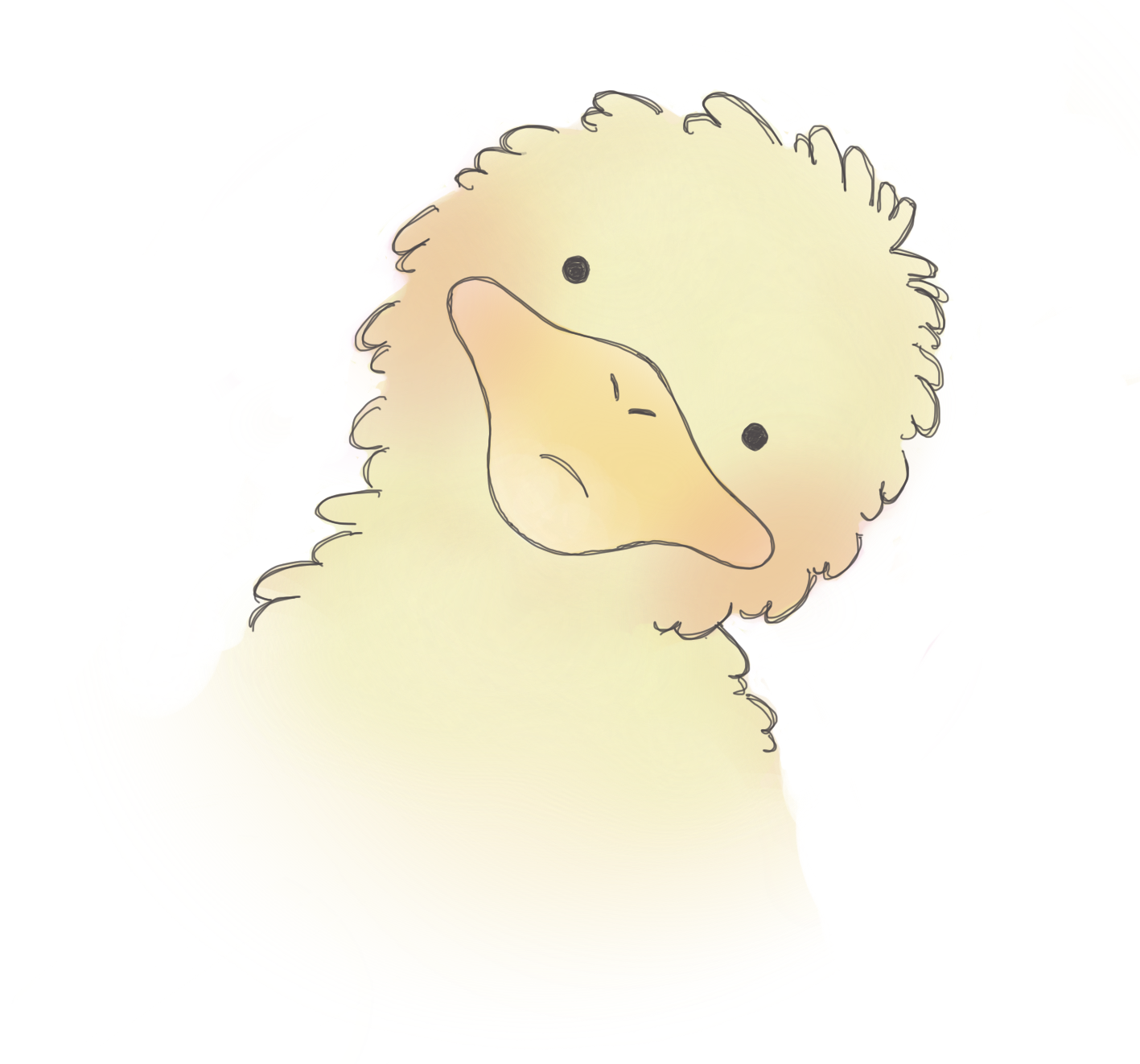
-10.png)
-24-e1616647433218.png)


